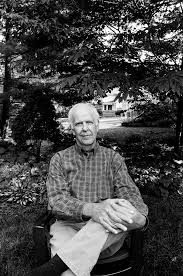We just launched Praying in Color with Sybil MacBeth For Individuals and For Groups. This course is being launched in conjunction with praying in color Advent calendars developed by Sybil MacBeth to accompany Forward Movement’s book of Advent meditations, Waiting and Watching.
Some people are born for contemplative prayer. Content with silence, they can remain still and breathe in the presence of God. These people often find great benefit in quiet, prayerful meditation.
Then there are people who have needed to move, to direct restless energy, to do something while they pray.
Praying in color is good for both these groups of people. It’s also useful for people who are visually oriented, who enjoy bringing creative energy to prayer, who need something to direct their focus, or who simply enjoy exploring new and interesting ways to pray.
In this course, Sybil MacBeth, who developed this prayer discipline, describes praying in color, which is essentially praying through doodling. This approach to prayer can work for people who love art and want to build beautiful artistic creations in prayer and for people whose highest artistic achievement is the stick figure. Artistic talent isn’t the point. The point is to use a pen and paper to focus one’s mind and energy into prayer. At the end of the process, the person has a visual reminder of the prayers in which they have engaged and a prompt they can use later on to remind themselves to pray.
Sybil wrote the book Praying in Color: Drawing a New Path to God and has developed worksheets, DVDs, and other materials to help people practice this discipline. She leads workshops and conferences on praying in color as well. This class is ideal for those seeking new approaches to prayer.




 We just launched
We just launched  a set of strict regulations, with punitive consequences for those who step out of line, she suggests thinking of a rule of life as a trellis — something helpful and supportive that guides our growth in the direction that we and God think best.
a set of strict regulations, with punitive consequences for those who step out of line, she suggests thinking of a rule of life as a trellis — something helpful and supportive that guides our growth in the direction that we and God think best.
